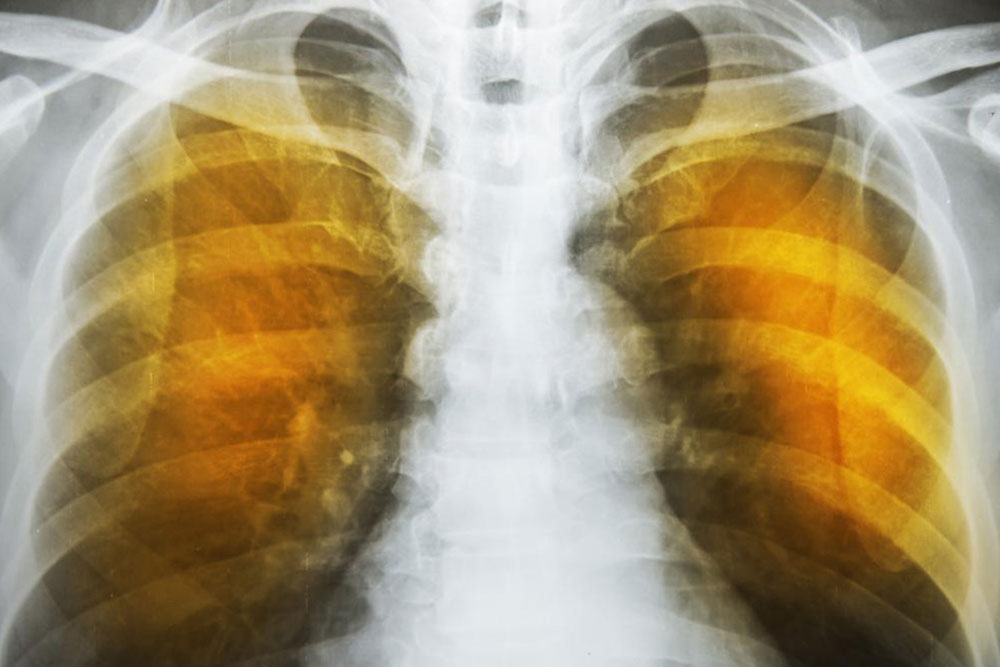Emphysema symptoms: What you ought to know
Emphysema is caused by continuous exposure of the bronchioles to irritants such as cigarette smoke, passive smoke, industrial solvent fumes etc. This makes the muscles of the bronchioles contract. Chronic exposure to irritants make these muscles contract permanently. Then, the mucus membrane lining the bronchioles start secreting mucus in order to wash away particulate irritants. Both these body reactions are to restrict the entry of the irritants into the cavities of the bronchioles and alveoli.
The next reaction is to cough out the irritants and the mucus. Severe forceful coughs can raise the pressure in the alveoli considerably and can rupture their exceedingly thin walls.

The symptoms of emphysema are exceedingly severe and cause considerable damage to the lungs before the symptoms even show up. Generally, one feels a lack of energy and the tendency to skip some of the common daily routines.
Infections can set in, turning the sputum yellow, which also leads to loss of appetite, further aggravating tiredness. One will lose sleep and even sexual function. All this constant suffering and ill health lead to depression which would in turn lead to the patient needing psychiatric help. The lips and fingernails turn blue or gray due to lack of oxygen in the blood. One may get into a condition called hypoxia and may have to resort to oxygen therapy.
As the deterioration continues, the alveoli lose their strength and start rupturing. In extreme cases, there may be large scale destruction which leads to empty spaces in lungs called bullae. This would reduce the functional area of the lung which in extreme cases call for surgical removal. In an extremely rare condition, large scale rupture of alveoli can cause a condition called pneumothorax and the collapse of the lung, a very serious condition, which can be fatal. The best thing one can do is stop exposure to irritants.

